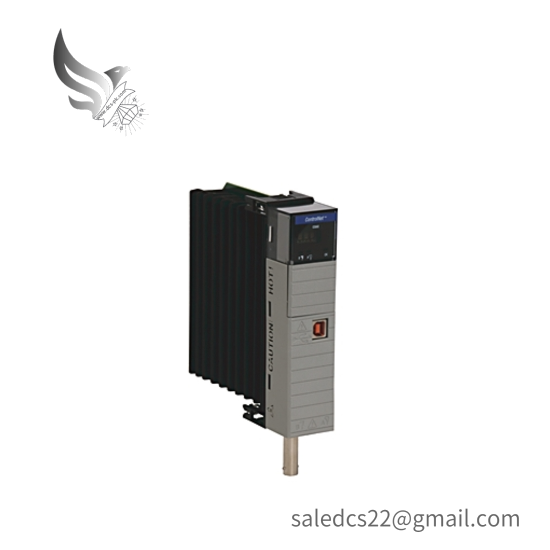Model Type:Redundant Bridge Module
Model Number:1756-CN2R/C
Manufacturer:Allen-Bradley
Channels:2
Current Rating:Drawn: 970 mA at 5.1 VDC, 1.7 mA at 24 VDC
Isolation:30 V (Continuous), Basic Insulation Type
Communication Protocol:ControlNet A/B to Backplane, and ControlNet A to ControlNet B
Enclosure:Open Type
RFI Suppression:Radiated: 10 V/M with 1 KHz Sine-Wave 80% AM from 80 – 2000 MHz
Temperature Rating:0 – 60 °C
Power Dissipation:5.1 W
Environmental Conditions:5 – 95% non-condensing relative humidity
Vibration:2 G
Shock:30 G
Interface:Ethernet
USB Port:Not applicable
The Allen-Bradley 1756-CN2R/C ControlLogix ControlNet Redundant Bridge Module is designed to provide enhanced reliability and redundancy in your industrial automation system by seamlessly connecting two ControlLogix controllers. This robust module ensures that critical operations continue uninterrupted, even in challenging environments.
Featuring an open type enclosure, this bridge module is easy to integrate into existing systems without compromising on its performance. Its high capacity IP module technology supports a wide range of communication protocols, making it compatible with various industrial applications.
With its dual-channel design, the 1756-CN2R/C can handle multiple data streams simultaneously, significantly improving the efficiency and responsiveness of your automation network. The integrated redundancy feature further enhances system reliability, offering failover capabilities in case of component failures.
This module is engineered with advanced RFI suppression technologies, ensuring minimal interference with other electronic devices and maintaining stable communication signals within the frequency ranges from 80 MHz to 2700 MHz. It’s meticulously tested under extreme environmental conditions, including temperature fluctuations and vibrations, ensuring longevity and durability.
The Allen-Bradley 1756-CN2R/C ControlLogix ControlNet Redundant Bridge Module is a strategic investment for manufacturers looking to enhance their operational efficiency, reduce downtime, and maintain optimal performance in their automation systems.















There are no reviews yet.